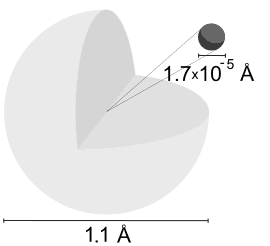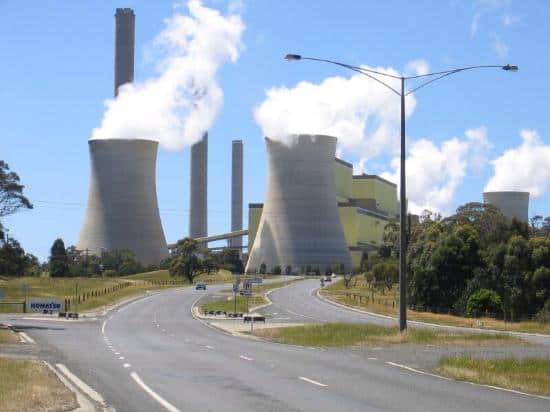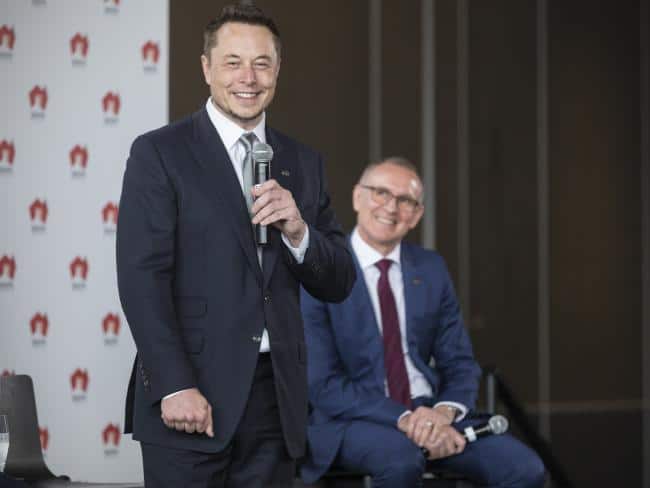A $25m ‘Hydrogen Superhub’ will be built by French renewable giant Neoen in Crystal Brook, South Australia. The state government has committed $25m in grants and loans to Neoen to finalise plans and commence construction on the superhub. It still requires development approvals but looks like the project will go ahead. This would be the largest hydrogen plant in the world.
Hydrogen Superhub at Crystal Brook

a hydrogen atom with size of central proton shown (source: wikipedia.org)
The 50MW electrolyser facility on wind and solar farm at Crystal Brook would produce up to 400MW of solar and wind power each day, which would then be used to power the hydrogen electrolyser which would create up to 20,000kg of hydrogen daily, according to the ABC.
Tom Koutsantonis, the South Australian Energy Minister discussed SA’s plans with regards to hydrogen production and potential export:
“Our Hydrogen Roadmap has laid the groundwork for South Australia to become a world leader in the emerging hydrogen production industry, and to benefit from the economic opportunities likely to flow from it,” he said.
“More renewable energy means cheaper power, and I’m pleased the State Government can partner with Neoen to once again develop a world-leading renewable energy and storage project following the construction of the Tesla battery at Jamestown.”
MD of Neoen’s operations in Australia, Franck Woitiez, discussed the possibility of exporting the hydrogen intrastate and even into different countries:
“It has the potential to reach beyond our electricity grids, and supply South Australia’s locally produced clean energy to other states and to our nearby trading partners,” he said.
The Flinders News report that the Hydrogen Superhub will create 260 construction jobs, 40 ongoing positions and at least $600 million in Neoen investments. They also note that the Renewable Technology Fund have given grants to three other hydrogen projects:
- 250MWh (MW stats unavailable) hydrogen production, storage and fuel cell project for UniSA’s Mawson Lakes campus
- 1.25MW hydrogen production facility at the Tonsley Innovation Precinct
- 15 MW hydrogen and ammonia production facility to be constructed near Port Lincoln.



